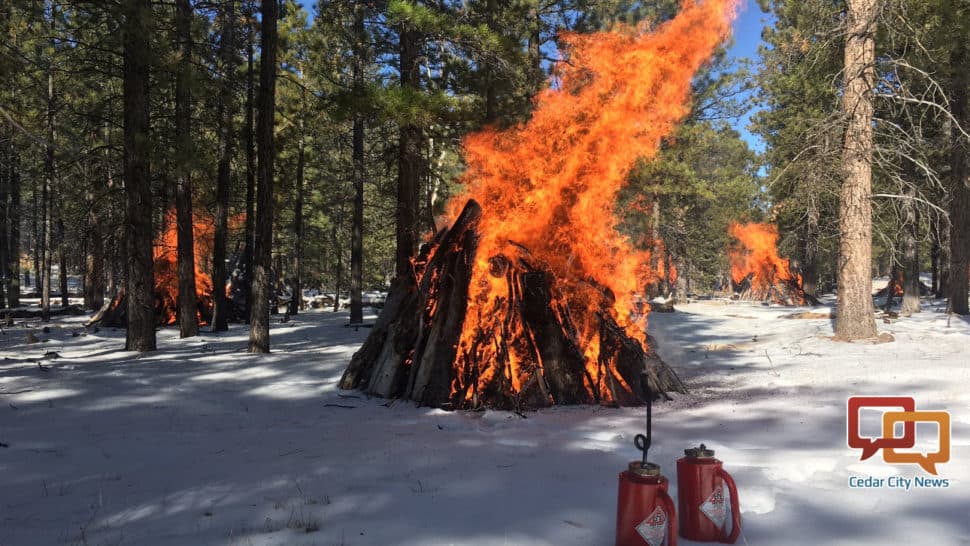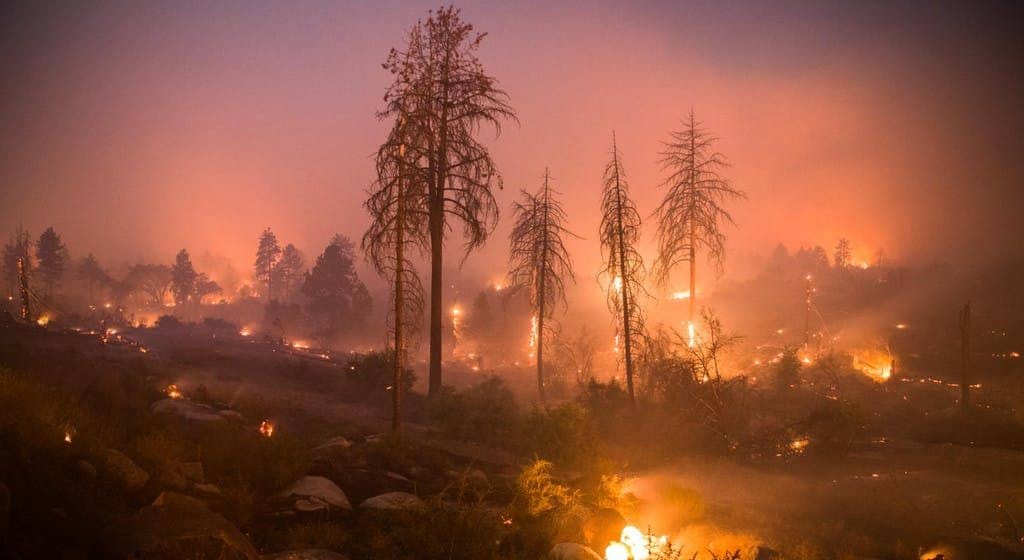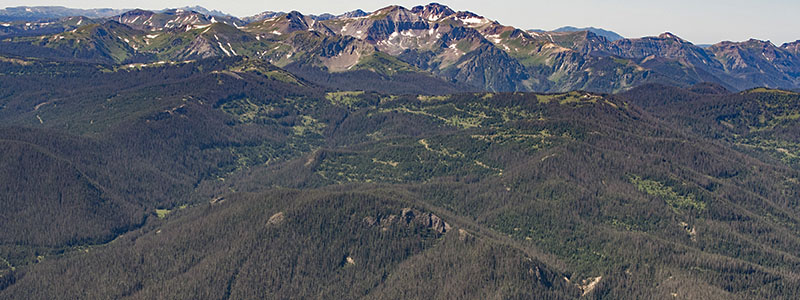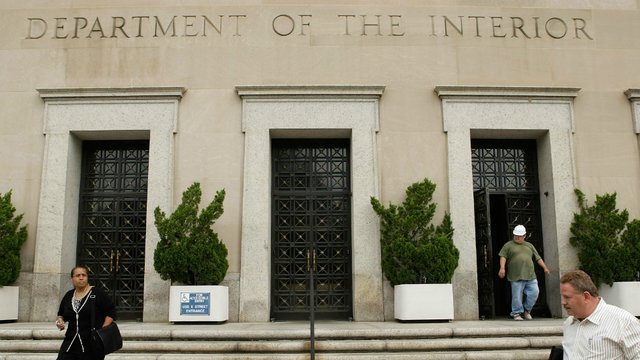
Fuel treatments are one of those controversies in which there are dueling “ideas about things”. One of these is that “logging is bad from a fire standpoint, even in fuel treatment projects.” Those of us who work with things, and not “ideas about things,” see individual projects with individual prescriptions, and not necessarily through words like “logging.” It’s not clearly defined, and so it’s hard to say anything meaningful about it. I’m not so naive as to not think that people pick emotionally charged words specifically for their impact, but for the purposes of discussion, leaving things undefined often leads to us talking past each other.
When we worked on the Colorado Roadless Rule, we tried to clarify what people mean, and what they want and don’t want in terms of mechanical treatments. So we talked about “tree cutting” because there are so many possible activities after trees are cut.
Here are some. Readers can add as they have seen and worked on prescriptions.
1. Tree cutting. Simply felling trees and not removing or burning them. This prescription does not treat fuels, I just included it because people do it for non-fuel reasons.
2. Tree cutting and removal to piles to be burnt on site
a) small trees and brush only
b) large trees thinned and other ladder fuels cut
(these do not need roads per se, but may need equipment on site to move trees to piles. Of course, some people might define “land which is crossed by equipment” as “temporary roads.” Yes, there is a similar court case.) Once on a silviculture field trip in the 80’s to the Lake Tahoe Basin, I saw firewood-sized pieces removed via wheelbarrow.
3. Tree cutting with large trees sent to the mill and smaller trees and brush piled and burned.(Need temp roads to send logs to a mill)
4. Tree cutting with fuels chipped and left in understory or burned. See. for example, Fuel Bed Alterations by Thinning, Chipping, and Prescription Fire in a Sierra Nevada Mixed Conifer Stand
5. Others
You can imagine other variations and mixtures of these possibilities, all with different actual physical things happening on the ground. Environmental impacts are caused by physical alterations, and those absolutely site-specific. So when people say “logging causes…” it is a science “situation that shouts watch out!”
When we were working on the Colorado Roadless Rule, “logging” was just not specific enough for us to get a mental image of what people wanted or did not want. In fact, if we think about the western US with different soils, climate, and so on, it would be impossible to generalize about what is best for fuel treatment, or even what is economically feasible. When people use the term “logging,” I think they’re talking about 3) mostly, but if the choice is burning or selling thinned trees, why wouldn’t we sell them? Especially since we use (lots of) them, and import them from other countries (thank you, Canadians!). Especially since burning in place gives off particulates without scrubbers, can only be done at certain times of the year, and sends carbon into the atmosphere more quickly than if the log gets turned into products. All of these possibilities can only be prescribed based on local conditions.
Most folks I know, and whose work I have posted, have identified smaller-sized material in California as unsalable anyway, leading to needing lotsa bucks to do fuel treatments. So if we can sell some trees, somewhere, why not? What are folks afraid of? That the FS will permit forest industry do cutting that isn’t helpful for fuel treatment? Can we talk about how reasonable that fear is in 2018?
If you want to get an idea of how different fuels can be, check out this interactive photo digital series map put out by the Forest Service.






